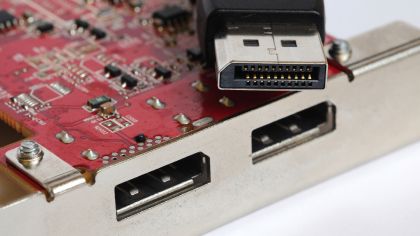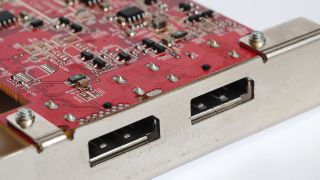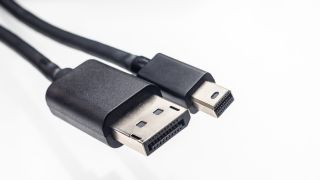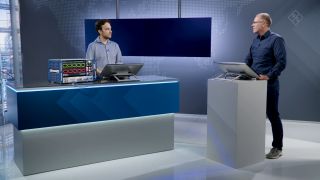VESA DisplayPort certification
Compliance testing for digital interfaces
DisplayPort is a widely adopted standard developed by the Video Electronics Standards Association (VESA). It is designed to transmit high-definition video and audio from a source device to a display device, for example to connect a computer to a monitor. There are several versions of this standard, and among them, DP2.1 and eDP2.0 are particularly significant, as they are the most recent version of the DisplayPort standard and support higher resolutions and refresh rates.
The primary distinction between these two versions lies in their form factor, Embedded DisplayPort is utilized in a system that does not need to interact with another device whereas devices utilizing DisplayPort require interoperability with other devices. Both versions support the same data rates which are essential for ensuring optimal video transmission performance. DP2.1 has introduced advanced data rates, including ultra-high bit rate (UHBR) modes: UHBR20 (20 Gbps per lane), UHBR13.5 (13.5 Gbps per lane), and UHBR10 (10 Gbps per lane). These enhancements allow for higher resolutions, such as 8K at 60 Hz and 4K at higher refresh rates, as well as improved color depth and high dynamic range (HDR) capabilities. DP2.1 still supports High Bit Rate 3 (HBR3) at 8.1 Gbps per lane, and other data rates (HBR2, HBR, and RBR). Devices operating at these data rates are still relevant to the industry. Previously HBR3 and below data rates were commonly referred to as ‘DisplayPort 1.4’, now all data rates are supported in the DisplayPort 2.1 specification.
Testing for compliance to these standards can present complex challenges, and Rohde & Schwarz offers solutions to address them effectively. In addition to our solutions for DisplayPort compliance testing, we provide conformance test solutions for Embedded DisplayPort (eDP) 2.0 (HBR X).









